Vesalius Skeleton T-Shirt
Worksheet for medical students drawn by Vesalius in 1538. Very rare, only 2 examples survive, since they were meant to be used, not kept on the shelf, like a book. Printed Front and Back with Anterior and Posterior of Skeleton. Each bone is labeled in Latin, Hebrew, and various other languages. Available on Ash.
$24.00 – $25.00
Worksheet for medical students drawn in 1538. Double sided. Each bone is labeled in Latin, Hebrew, and various other languages.
Worksheet for medical students drawn by Vesalius in 1538. Very rare, only 2 examples survive, since they were meant to be used, not kept on the shelf, like a book. Printed Front and Back with Anterior and Posterior of Skeleton. Each bone is labeled in Latin, Hebrew, and various other languages. Available on Ash.
| Weight | 8 oz |
|---|---|
| Dimensions | 10 × 8 × 1 in |
| Color | Ash |
| Size | Small, Medium, Large, X-Large, XX-Large +$1.00, Youth Small 6-8, Youth Medium 10-12, Youth Large 14-16 |
| 5 |
|
0 |
| 4 |
|
0 |
| 3 |
|
0 |
| 2 |
|
0 |
| 1 |
|
0 |
- animal
- apollo
- art
- astronomy
- aviation
- biology
- buzz
- cartoon
- chem
- chemicals
- chemistry
- constellations
- earth
- elements
- exploration
- extreme
- field
- funny
- genius
- Glow
- Glow in the dark t-shirt
- harris
- history
- humor
- inventor
- Kids
- mars
- math
- medicine
- moon
- NASA
- nature
- periodic table
- printed front and back
- science
- scientist
- shul
- sidney
- space
- sports
- star finder
- stars
- sun
- Sweat
- Sweatshirts
Related Products
Bullet cutting a card in half, taken by Harold “Doc” Edgerton, inventor of the electronic flash.
Use “powers of ten” to zoom in from our local cluster of galaxies to North America.
Leonardo Da Vinci. Artist, scientist, and engineer extraordinaire. With images taken directly from his notebooks.
Albrecht Dürer’s Rhino from the original 1515 woodcut, a print of which is in the Field Museum.
Printed upside down in glow-in-the-dark ink so the wearer can really use it.
Portrays the steps from nucleus, to chromosomes, to individual strands of DNA, to base pairs studied by the Human Genome Project.
From 1758, engravings that depict the developmental cycles of a frog.

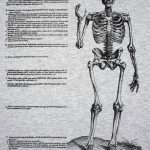
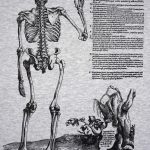
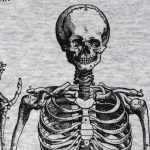
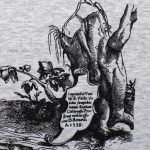
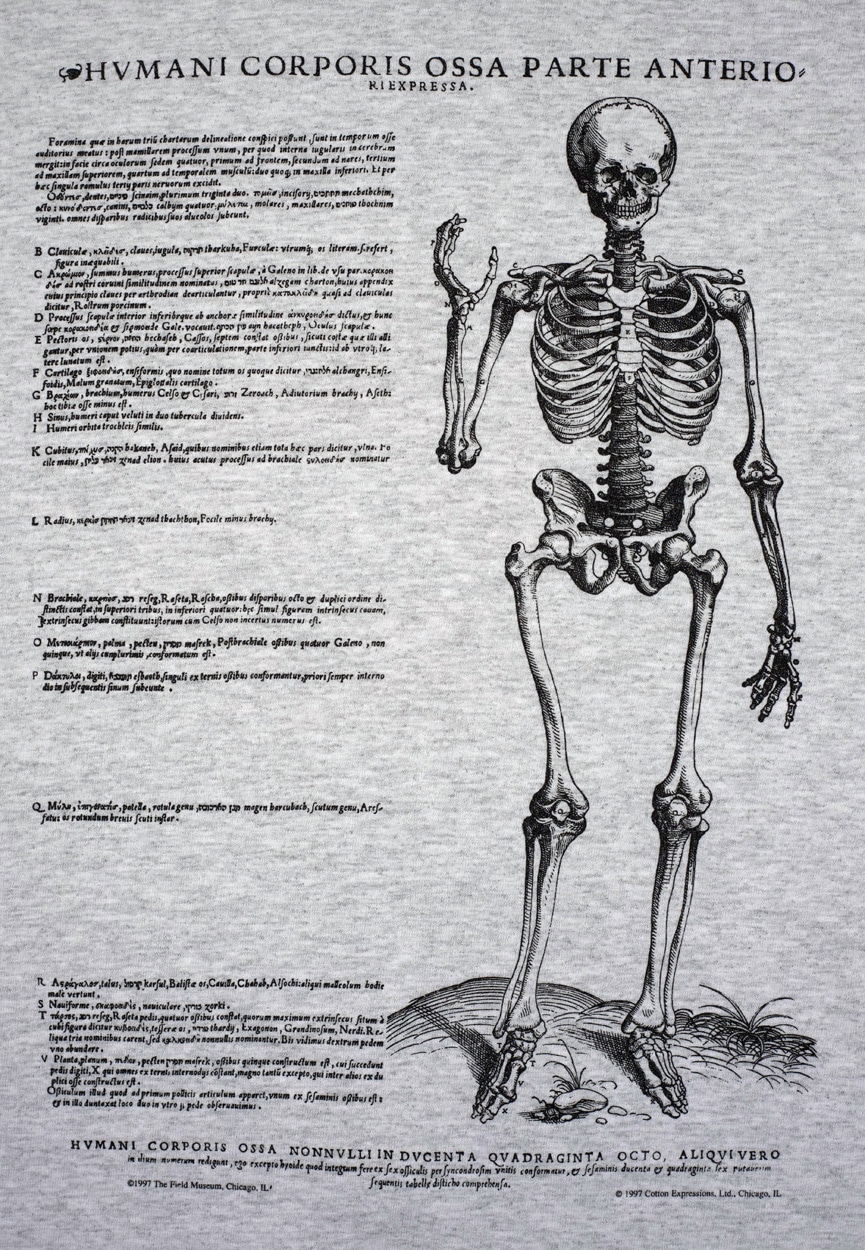
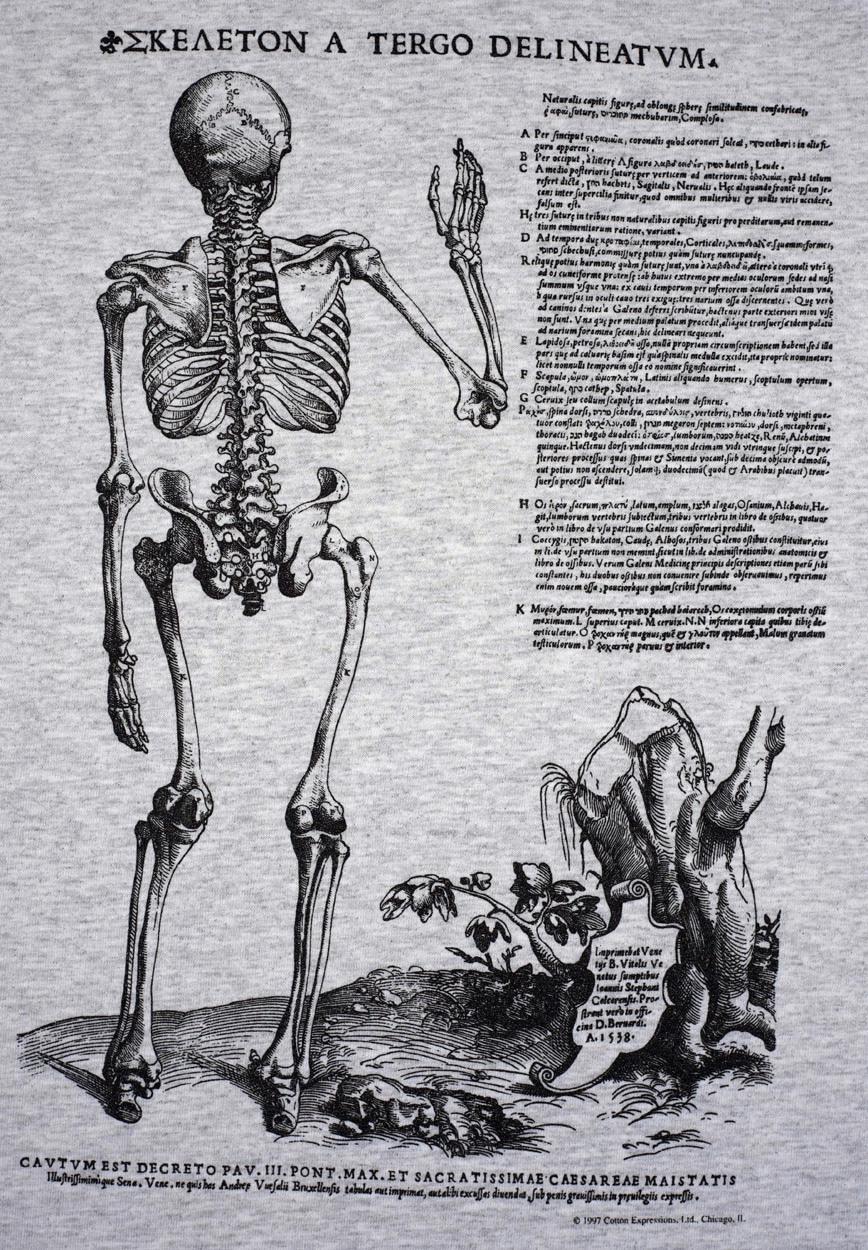
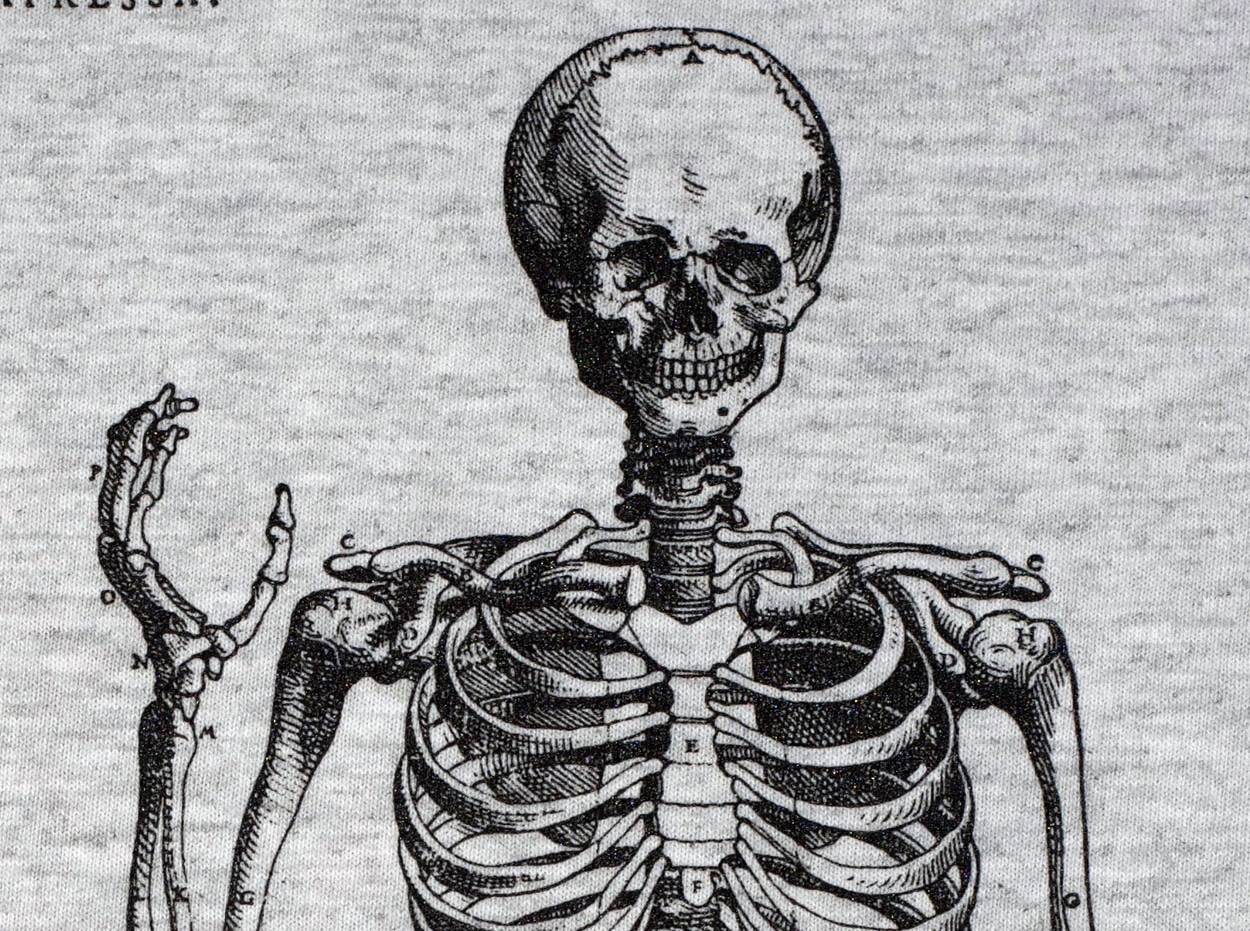
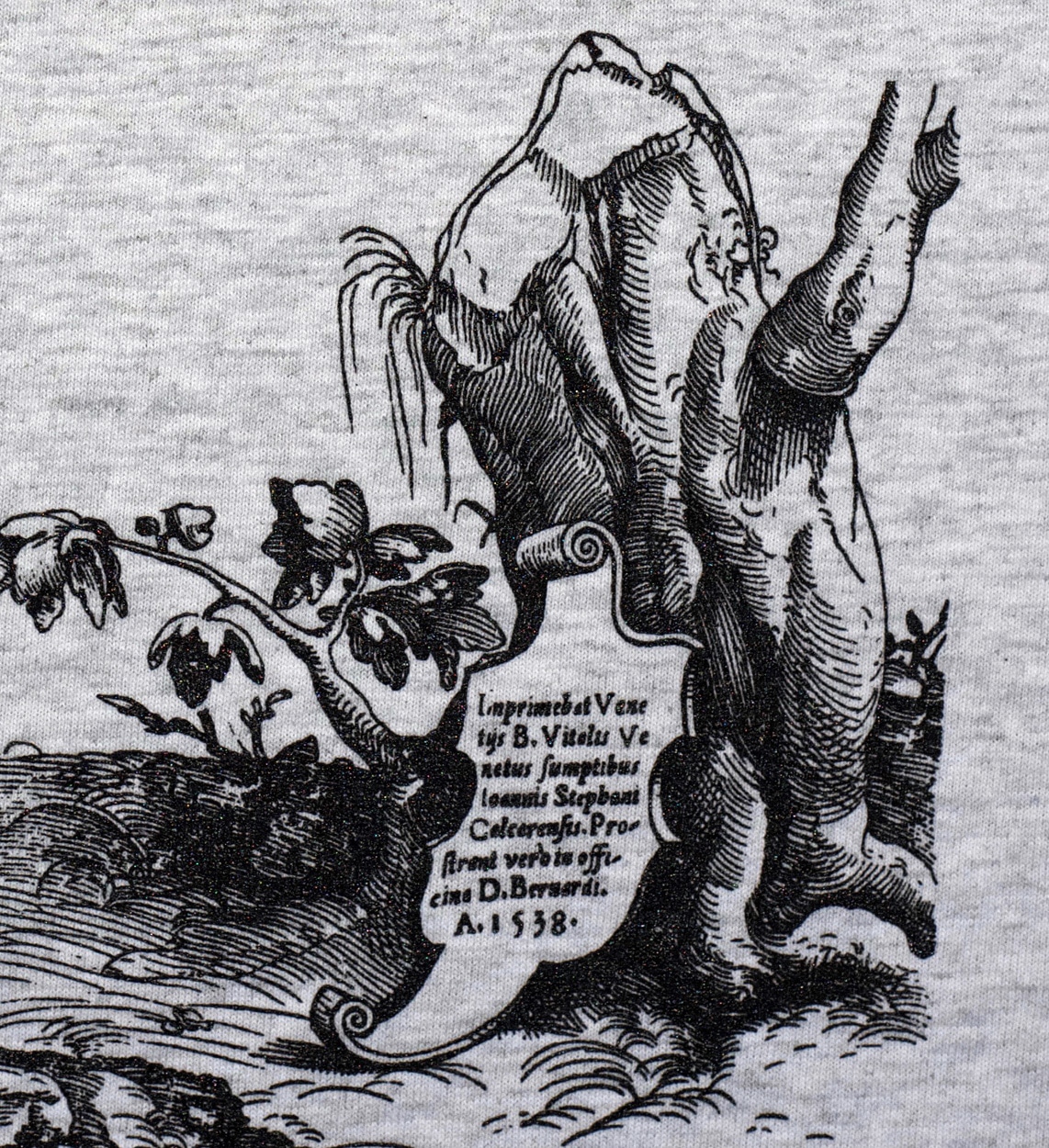

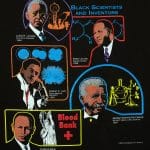
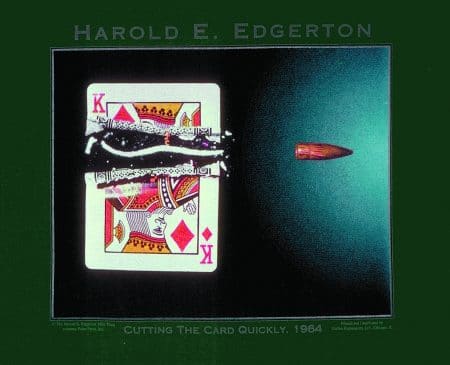
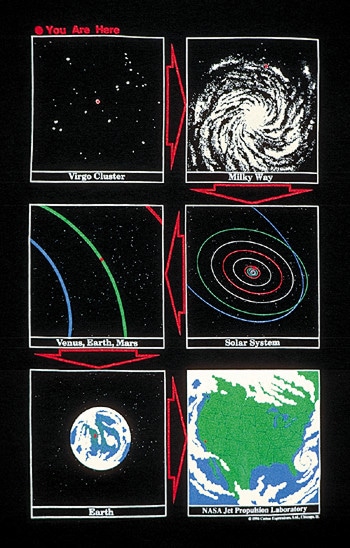

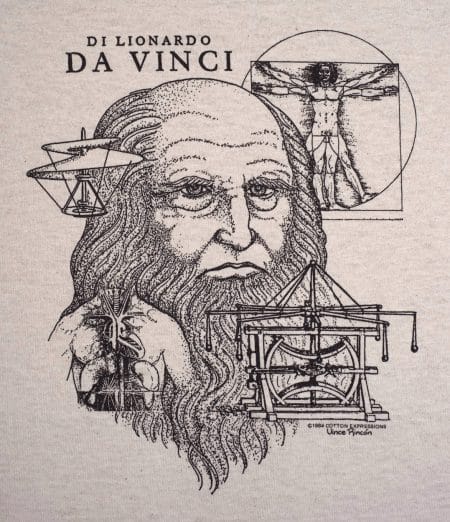
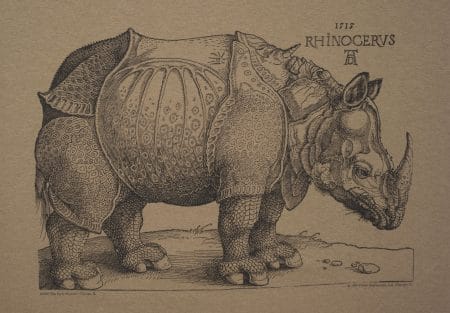
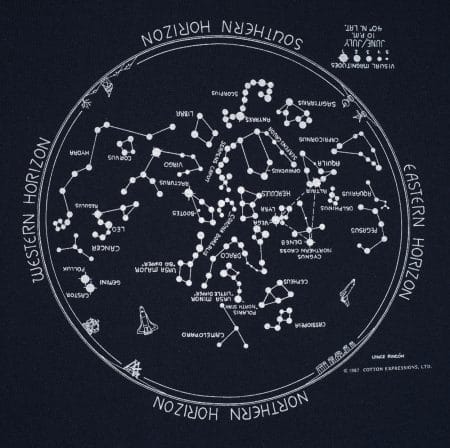
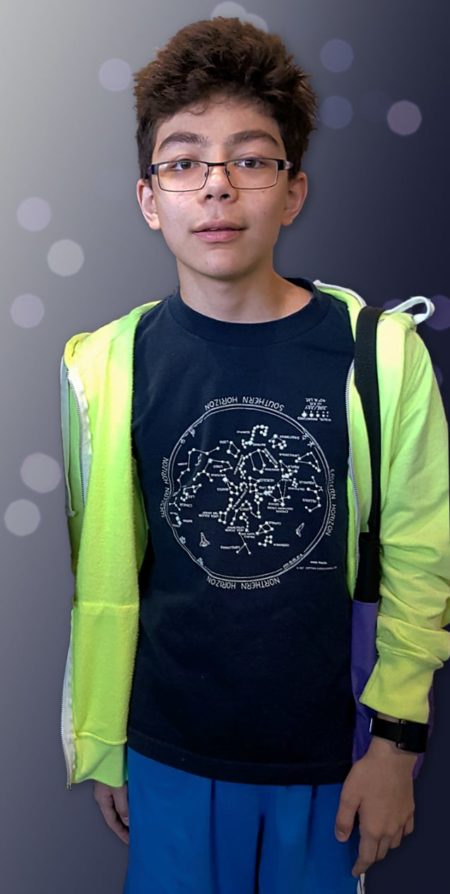
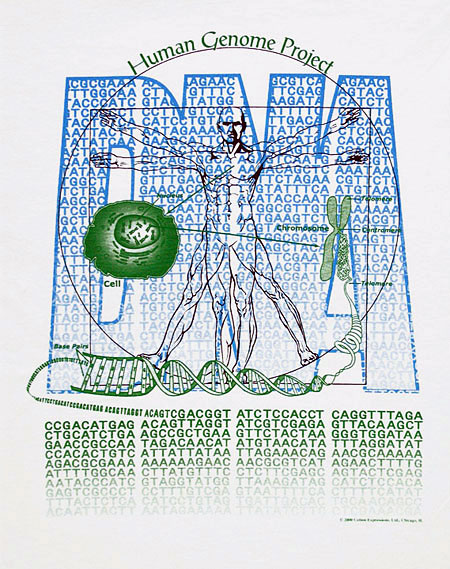
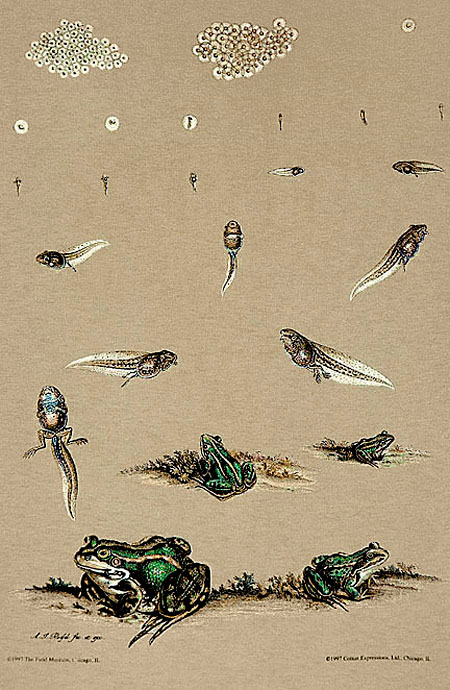
Reviews
There are no reviews yet.